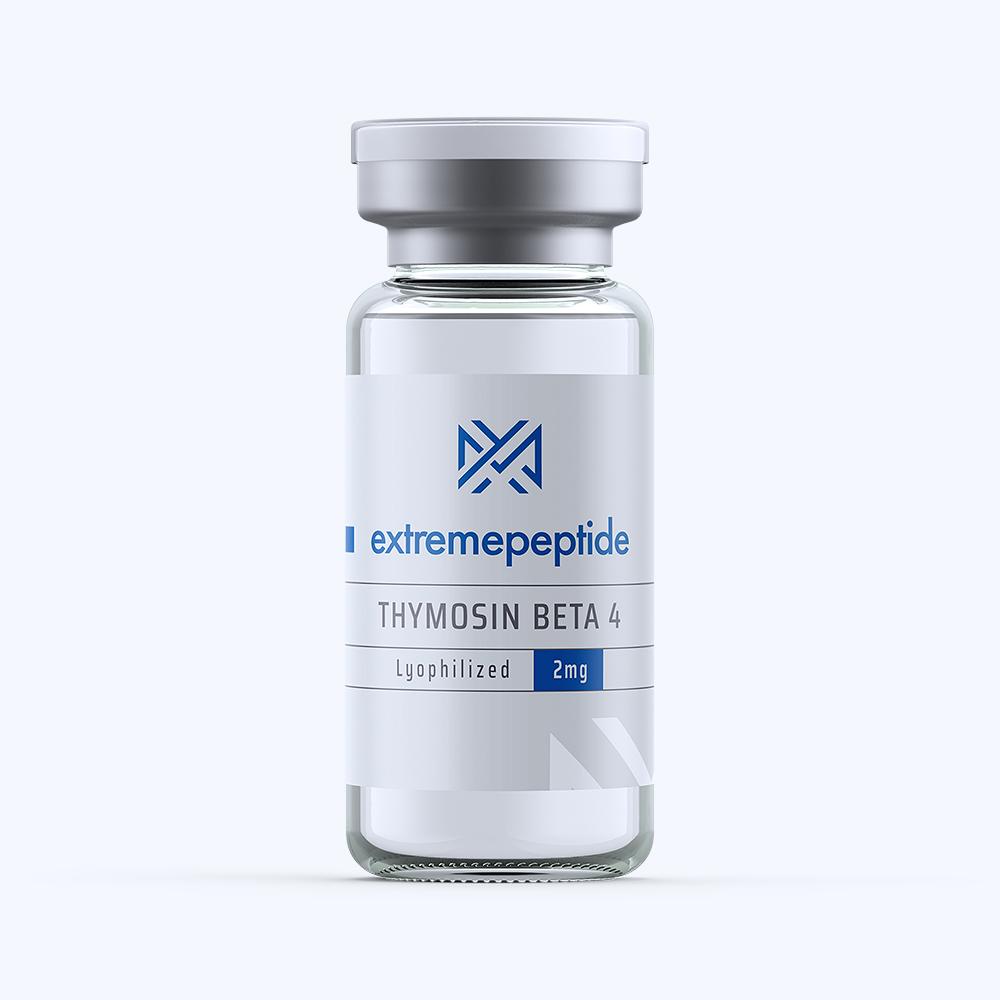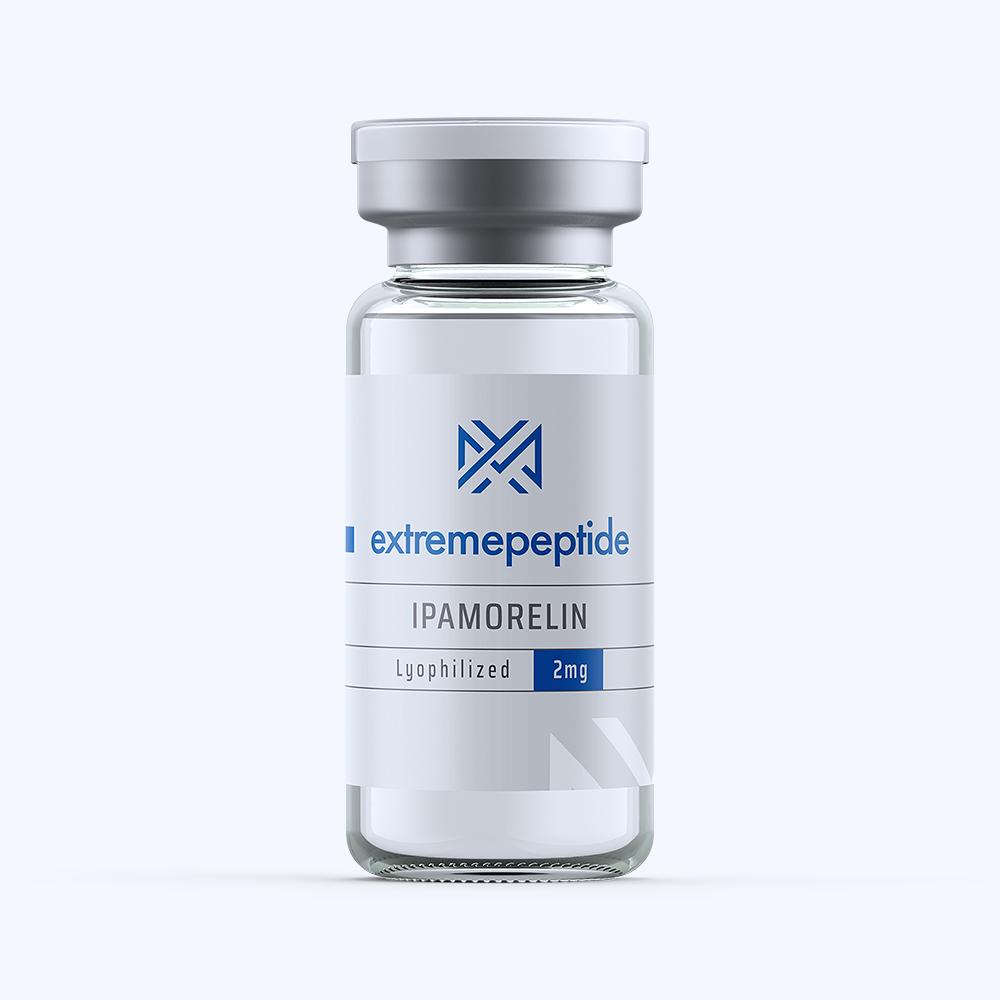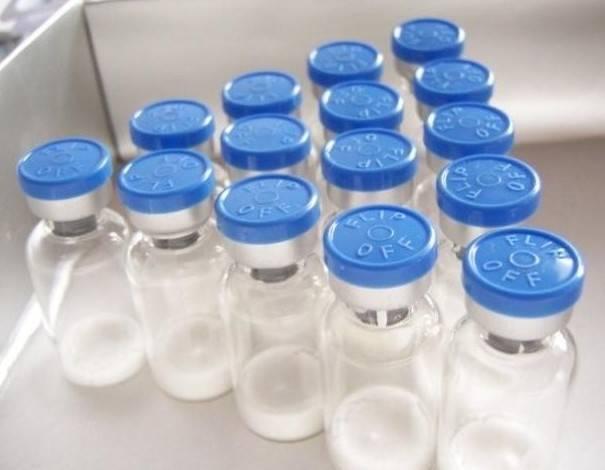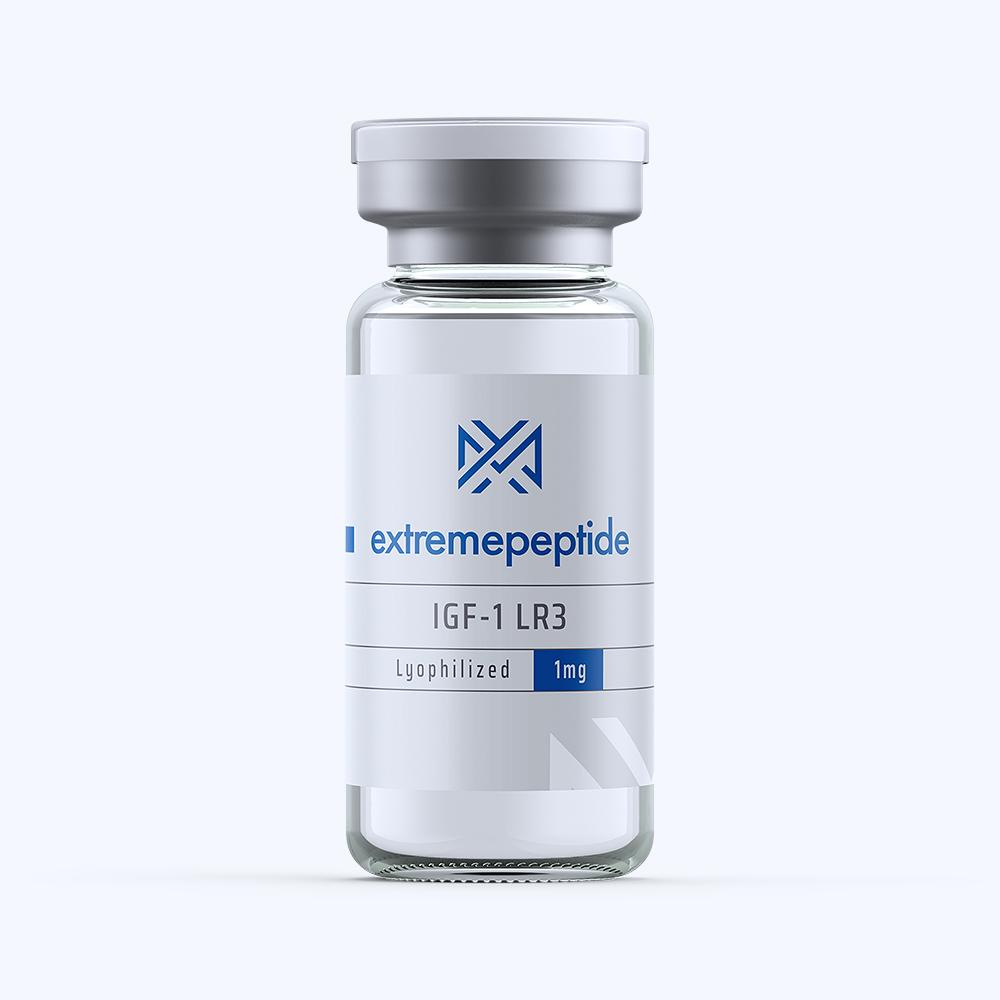(Click here to read our disclaimer)
TB-500 is a synthesized version of Thymosin Beta 4, a peptide that naturally occurs in all animal cells. The natural version of this chemical is used by the animal’s body to improve differentiated endothelial cells so they can perform specialized functions.
This helps the body to grow new cells and dermal tissue to replace any that have aged or been damaged. Thymosin Beta 4 has also been found to play a role in decreasing inflammation, keratinocyte migration and collagen deposition.
The artificial form of this chemical; TB-500 is being investigated for its roles in regulating Actin. This is a cell building protein that helps to encourage cell movement and structure. There are thousands of similar proteins in each animal cell, but actin makes up approximately 10 percent of these proteins, making it an essential part of the genetic makeup of these cells.
Development and Research

- This structure means that the cell can bind to actin proteins, creating an actin sequestering molecule within eukaryotic cells which will block acting polymerization.
- Compared to the natural chemical, TB-500 has been up-regulated to increase the early blood vessel formation by up to 4-6 times, promoting new blood vessel growth in laboratory settings. Experiments indicate that this could have an application in wound healing or skin and muscle building.
- TB-500 encourages cytoskeleton cell migration when interacting with the actin in the cells in these areas. The specific amino chain binding in this peptide has been shown to produce additional extracellular matrix-degrading enzymes during experiments.
Specifically, TB-500 has been shown to accelerate the migration of endotheilial and keratinocyte cells to create the additional matrix-degrading enzymes necessary for these actions. The 43 amino acids used in this structure are specifically designed to interact with these tissues to trigger a repair response that is different from other similar peptides because it can easily move through the necessary tisseus.
Selecting Proper Peptide Sources
While there are similar peptides on the market, it is important to select a provider that will provide research-grade samples of TB-500.
- The patented makeup of this chemical is very specific. Only order from a certified dealer that is able to offer the specific synthetic peptide that offers the active regions of thymosin beta 4 to ensure accurate results.
Read all instructions before applying the peptide to live subjects. Because TB-500 is intended to migrate through tissue, it can often be applied anywhere on the subject, but it may be necessary to place applications in a similar area to generate repeated results.
Research has indicated that TB-500 can mimic the repair factors of thymosin beta 4 to act as an anti-inflammatory substance. This peptide may also encourage growth factors, endothelial and keratinocyte migration. This peptide has been shown to avoid sticking or binding with the extracellular matrix when applied to animal test subjects.
The peptide also has a low molecular weight which helps applications of TB-500 to travel throughout the tissues, often in longer distances than the natural thymosin beta 4.
Rest assured that you will get the best product available when you buy TB-500 from extreme peptides.
Click here to view our entire PDF research library
Click here to view/download the PDF version of this article




